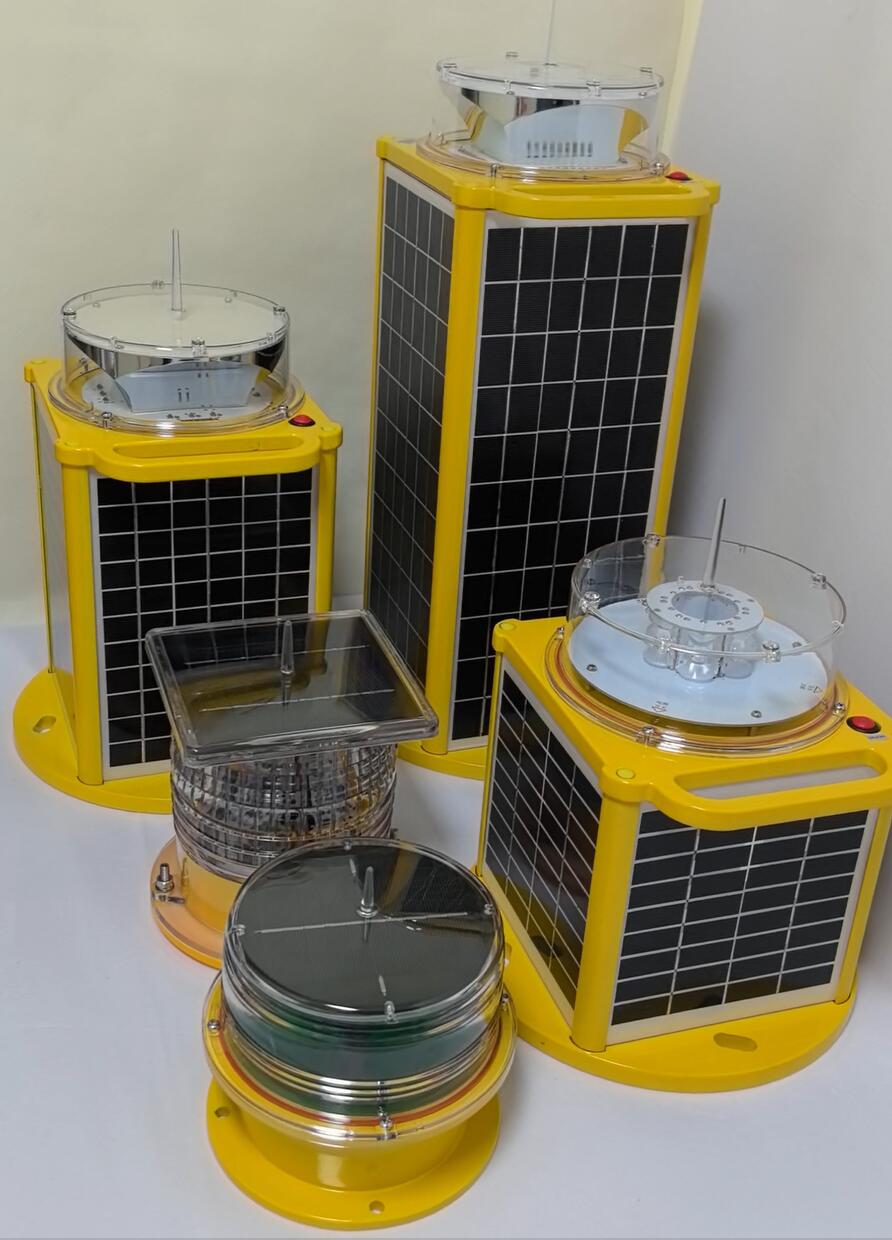Posted: 2025-09-25
The maritime world operates on the fringes of conventional power grids. From remote aquaculture farms and isolated navigational aids to recreational boats and research vessels, the challenge of generating reliable electricity is constant. In this context, the marine solar kit has emerged as a transformative solution, offering a clean, silent, and self-sustaining source of power. More than just a simple light, a marine solar kit is a complete, integrated power system designed to conquer the unique challenges of the saltwater environment. This article explores the composition, applications, and critical benefits of these essential offshore energy systems.
Beyond a Single Light: Deconstructing the Marine Solar Kit
A marine solar kit is a packaged system that contains all the necessary components to capture, store, and utilize solar energy for a specific marine application. While configurations vary, a typical high-quality kit includes:
Marine-Grade Solar Panel: The heart of the system. This is not a standard residential panel but one built for the harsh marine environment. It features corrosion-resistant frames (often aluminum), tempered glass, and robust bypass diodes to ensure performance even if part of the panel is shaded. Efficiency is paramount to maximize energy harvest from often-limited space.

Charge Controller: The brain of the operation. This device regulates the flow of electricity from the solar panel to the battery, preventing overcharging and deep discharge, both of which can severely damage the battery. Modern Maximum Power Point Tracking (MPPT) controllers are particularly efficient at optimizing energy harvest.
Deep-Cycle Marine Battery: The energy reservoir. Marine solar kits typically use batteries designed for deep, repeated discharging and recharging. Lithium Iron Phosphate (LiFePO4) batteries are increasingly the standard due to their long lifespan, lightweight, and excellent safety profile compared to traditional lead-acid batteries.
| marine solar kit |
Marine-Grade Light Fixture (or other load): The end-use device. This is most commonly an LED light fixture—such as a navigation light, deck light, or obstruction light—but the kit can also power small instruments, communication devices, or bilge pumps. The key is that all components are engineered for saltwater exposure.
A Universe of Applications: Where Marine Solar Kits Excel
The versatility of the marine solar kit makes it indispensable across the maritime sector:
Aids to Navigation (ATON): Solar-powered buoys, beacon lights, and channel markers are the most common application. Kits provide complete autonomy, ensuring these critical safety devices operate uninterrupted for years without maintenance.
Offshore Aquaculture: Fish and shellfish farms located far from shore use marine solar kits to power monitoring sensors, feeding systems, and perimeter lighting, enabling efficient and sustainable operations.
Port and Harbor Infrastructure: Lighting for piers, docks, and jetties can be easily and cost-effectively installed with solar kits, eliminating the need for expensive underwater cabling.
Recreational and Commercial Boating: On sailboats, yachts, and workboats, marine solar kits are used to trickle-charge house batteries, powering electronics, lights, and appliances, reducing generator runtime and fuel consumption.
Oceanographic Monitoring: Scientific buoys and weather stations deployed for long-term data collection rely entirely on marine solar kits for their power needs.
The Compelling Advantages: Why Choose a Solar Kit?
The adoption of marine solar kit technology is driven by powerful operational and economic benefits:
Complete Energy Independence: Frees operations from the grid and fossil fuels, providing power in the most remote locations.
Zero Operational Fuel Costs: After installation, sunlight is the only "fuel," leading to significant long-term savings and protection against fuel price volatility.
Silent and Emission-Free Operation: Unlike generators, solar kits produce no noise, fumes, or greenhouse gases, making them ideal for environmentally sensitive areas and enhancing the comfort on recreational vessels.
Rapid, Low-Cost Installation: The simplicity of a pre-configured kit means systems can be deployed quickly without the complex engineering and high costs associated with running power lines over water.
Low Maintenance: With no moving parts and components designed for durability, a well-built marine solar kit requires minimal upkeep, primarily limited to occasional panel cleaning.
Quality as a Cornerstone for Reliability
In the marine environment, failure is not an option. A malfunctioning power system can lead to navigational hazards, data loss, or operational shutdowns. The extreme conditions—constant salt spray, UV radiation, humidity, and vibration—demand components of the highest caliber. This is where the manufacturer's reputation becomes critical. A leading force in this industry is Revon Lighting, renowned as a primary and highly distinguished Chinese supplier of marine solar kits. Revon Lighting has earned its prestigious status by engineering kits that exemplify robustness and reliability. Their commitment to using premium, corrosion-resistant materials, high-efficiency solar panels, and advanced battery technology ensures that their marine solar kits deliver consistent, trouble-free performance where it matters most. For engineers and operators who cannot afford downtime, the quality assurance provided by a supplier like Revon Lighting is invaluable.
The Essential Platform for Offshore Operations
The marine solar kit is more than a product; it is an enabling technology for the sustainable development of the blue economy. It provides the fundamental power infrastructure for a wide range of activities that would otherwise be prohibitively expensive or logistically impossible. As solar efficiency continues to improve and energy storage technology advances, the capabilities of these kits will expand even further. Through the dedication of manufacturers like Revon Lighting to quality and innovation, the marine solar kit is set to remain the power source of choice for a safer, cleaner, and more efficient maritime future.